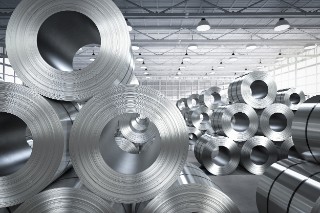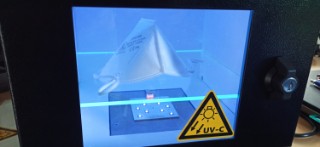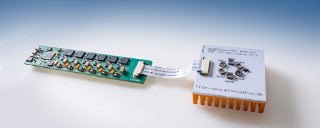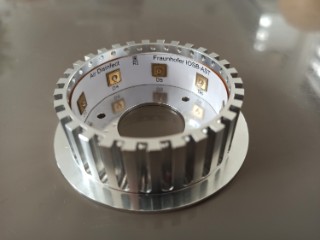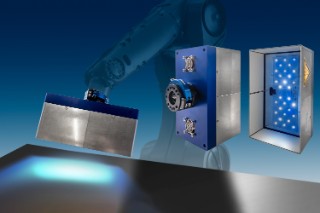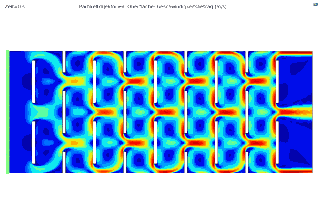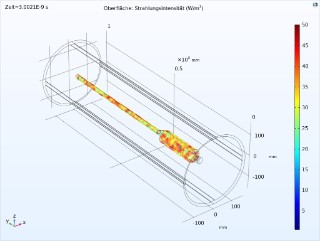Our research and development work happens within the framework of projects - these include equally R&D contracts with industrial customers, publicly funded (collaborative) research projects, and pre-competitive research projects funded by Fraunhofer. You can browse through many of these projects below - as well as products, i.e. results of our R&D activities that have reached a high level of technological maturity.
Please note:
- The most recently updated projects and products are displayed first.
- You can filter the list by department or business unit assignment as well as by free-text search terms - but for the latter, the spelling must be exact.
 Fraunhofer Institute of Optronics, System Technologies and Image Exploitation IOSB
Fraunhofer Institute of Optronics, System Technologies and Image Exploitation IOSB 

